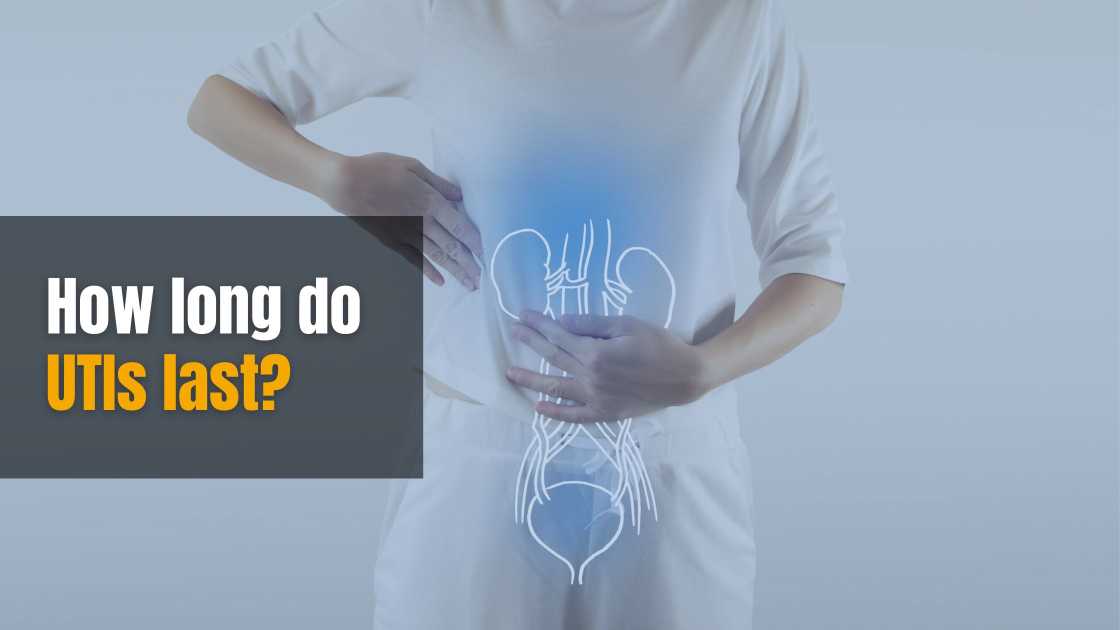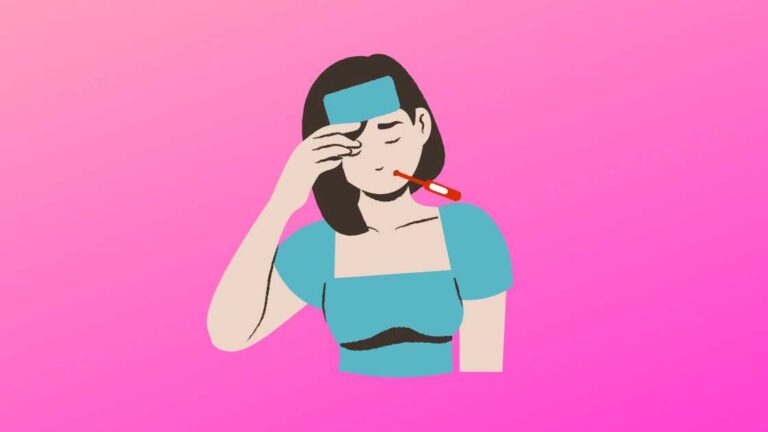A urinary tract infection, or UTI, is a bacterial infection that affects the urinary tract. A bacteria called E. coli is generally to blame. Fungi and viruses, on the other hand, can cause it in some situations.
A urinary tract infection (UTI) can be treated. A UTI can be treated in a variety of ways. Fruits, for example, are one of them.
In this article, you will get to know more about UTIs, what causes UTIs, and how to treat them.
What is a urinary tract infection (UTI)?
A urinary tract infection, also known as UTI, is an infection in any part of the urinary system (that is your kidneys, ureters, bladder, and urethra). The majority of infections are located in the lower part of the urinary tract.
The people who stand the most chance of getting a UTI are women and catheterized people. Women are at greater risk of developing a UTI than men.
What are the causes of UTIs?
A urinary tract infection is caused by an infection of microbes (small organisms that are too small to be seen with the naked eye but can be seen with the use of a microscope).
Most UTIs are caused by bacteria, but some are caused by fungi and, in rare cases, by viruses. UTIs are among the most common infections in humans.
What are the risk factors for UTIs?
There are also many factors that can put you at an increased risk of getting a UTI. These include
- Age
- Reduced movement after surgery
- Prolonged bed rest
- Kidney stones
- A previous UTI
- Certain urinary tract blockages like kidney stones, enlarged prostate, certain forms of cancer, diabetes, pregnancy,
- Abnormally developed urinary structures from birth
- Weakened immune system
- People with a catheter inserted into their urethra
What are the symptoms of a UTI?
Symptoms of a UTI depend on what part of the urinary tract is infected, be it the upper or lower part. Let’s take a look at the symptoms associated with these parts.
Lower urinary tract symptoms of UTI
The lower urinary tract consists of the urethra and bladder. When the lower urinary tract is affected by an infection, the symptoms below can be experienced.
- A burning sensation with urination.
- Increased frequency of urination without passing much urine.
- Increased urgency of urination
- Bloody urine
- Cloudy urine
- Urine that looks like cola or tea
- Urine that has a pungent smell
- Pelvic pain in women
- Rectal pain in men
Upper urinary tract symptoms of UTI
The upper urinary tract consists of the kidneys and ureters. When the upper urinary tract is affected by an infection, the symptoms below can be experienced.
- Pain and tenderness in the upper back and sides
- Chills
- Fever
- Nausea
- Vomiting
Types of UTIs
Infections can occur in several regions of the urinary tract. Depending on where it is found, each type has a different name.
Cystitis (bladder)
If you have cystitis (bladder inflammation), you may notice that you need to urinate frequently or that it hurts to pee. Lower belly aches and murky or crimson urine are also possible symptoms.
Pyelonephritis (kidneys)
Fever, chills, nausea, vomiting, and discomfort in your upper back or side are all symptoms of pyelonephritis (kidney inflammation).
Urethritis (urethra)
When you pee, you may notice a discharge and a burning sensation.
How long do UTIs last?
While most UTIs last no more than a week, a number of factors might impact when you start to feel better and when your body clears out the germs completely.
The first thing to consider when determining how long a UTI will stay is whether it is deemed easy or difficult. The length of time that an uncomplicated UTI lasts depends on what you do (if anything) to treat it.
Your body’s immune system can sometimes clear off invading microorganisms without the use of drugs.
Some UTIs do go away without antibiotic treatment. In fact, several studies have shown that 25 to 50% of UTIs can go away on their own within a week.
If your UTI is persistent, your doctor will likely want to see you for an exam and a urine culture to determine the precise bacteria causing the illness so that a different therapy can be prescribed.
UTI prevention
A person can take numerous steps to lower the chance of acquiring a UTI, including the following
- Urinating after sex
- Wearing loose-fitting clothing and cotton underwear
- Keeping the genital area clean
- Avoiding the use of perfumed products on the genitals
- Drinking 6–8, 8-ounce glasses of water per day
- Emptying the bladder fully when urinating
- Avoid douching
To prevent germs from moving from the rectum to the vagina, females should wipe from front to back. Furthermore, if a person has recurrent or recurring UTIs, they should consult a doctor about changing birth control methods.
Cranberry tablets and unsweetened cranberry juice, according to the American College of Obstetricians and Gynecologists, may help reduce the risk of UTIs.
However, a study is still underway. If a person develops UTI symptoms, especially if they have developed symptoms of a potential kidney infection, they should see a doctor [source].
Diagnosis
After asking about a person’s symptoms and testing a urine sample for the presence of white blood cells, red blood cells, and bacteria, a doctor will usually diagnose a UTI.
In rare circumstances, a doctor may culture the urine to determine the type of bacteria causing the infection.
A doctor may order additional diagnostic tests if a patient has recurring UTIs to see if anatomical or functional abnormalities are to blame. The following are examples of such tests:
Diagnostic imaging
Ultrasound, CT and MRI scanning, radiation tracking, and X-rays are all examples of diagnostic imaging for the urinary tract.
Urodynamics
Urodynamics is a test that measures how efficiently the urinary tract retains and releases urine.
Cystoscopy
A camera lens put via the urethra through a long thin tube allows the doctor to see within the bladder and urethra.
UTI treatment
Antibiotics will be prescribed for UTIs regardless of a person’s gender by a healthcare practitioner. The type of medication and length of treatment will be determined by the symptoms and medical history of the patient.
To ensure that the illness is completely cleared and decrease the possibility of antibiotic resistance, people should always follow the full course of therapy.
The symptoms of a urinary tract infection can fade away before the infection is fully resolved. A healthcare practitioner will need to diagnose the underlying issue to cure a UTI that has occurred owing to difficulties with the urinary system.
If the individual is critically ill, they may need to be admitted to a hospital to ensure they get enough fluids and the right treatment.
Summary
While most UTIs last no longer than a week, a variety of circumstances might influence when you start to feel better and when your body entirely eliminates the germs.
Some UTIs can be treated without the use of antibiotics. In fact, according to multiple studies, 25 to 50 percent of UTIs resolve on their own within a week.
If your UTI persists, your doctor will most likely want to see you for an exam and a urine culture to identify the bacteria that is causing the infection so that a different treatment can be administered.








Leave a Comment